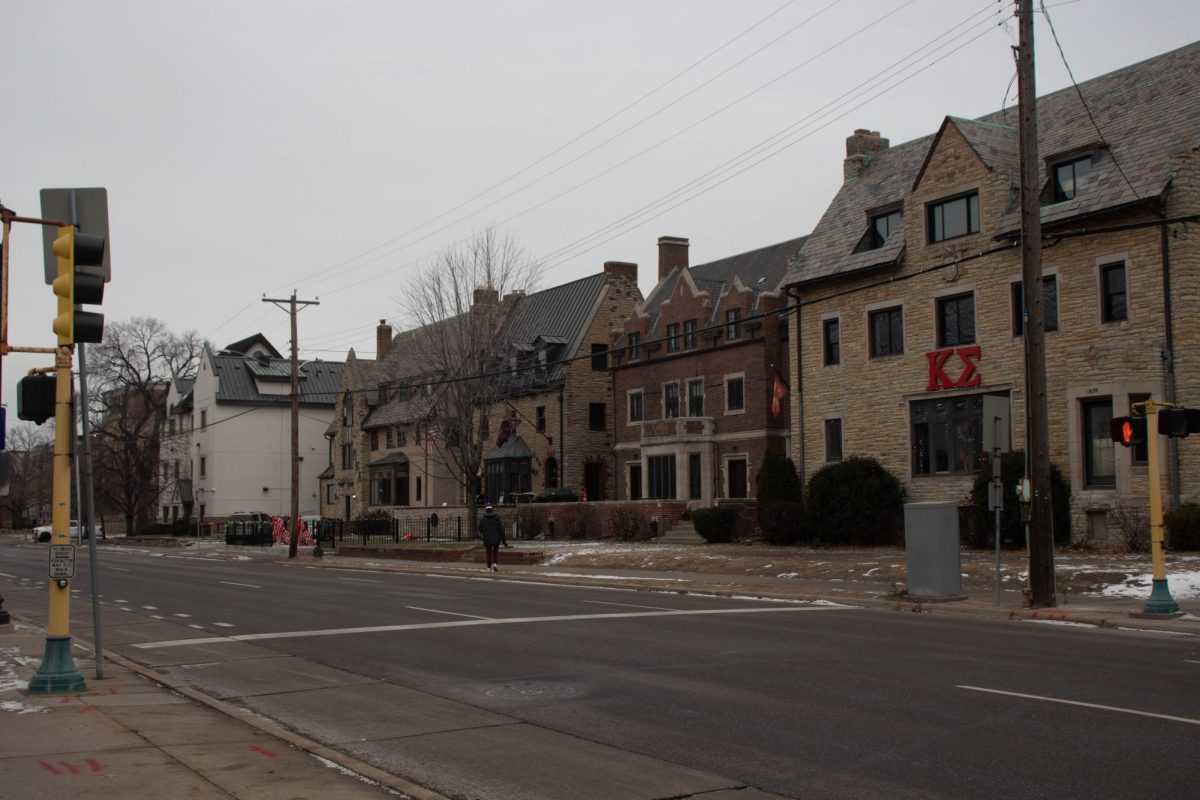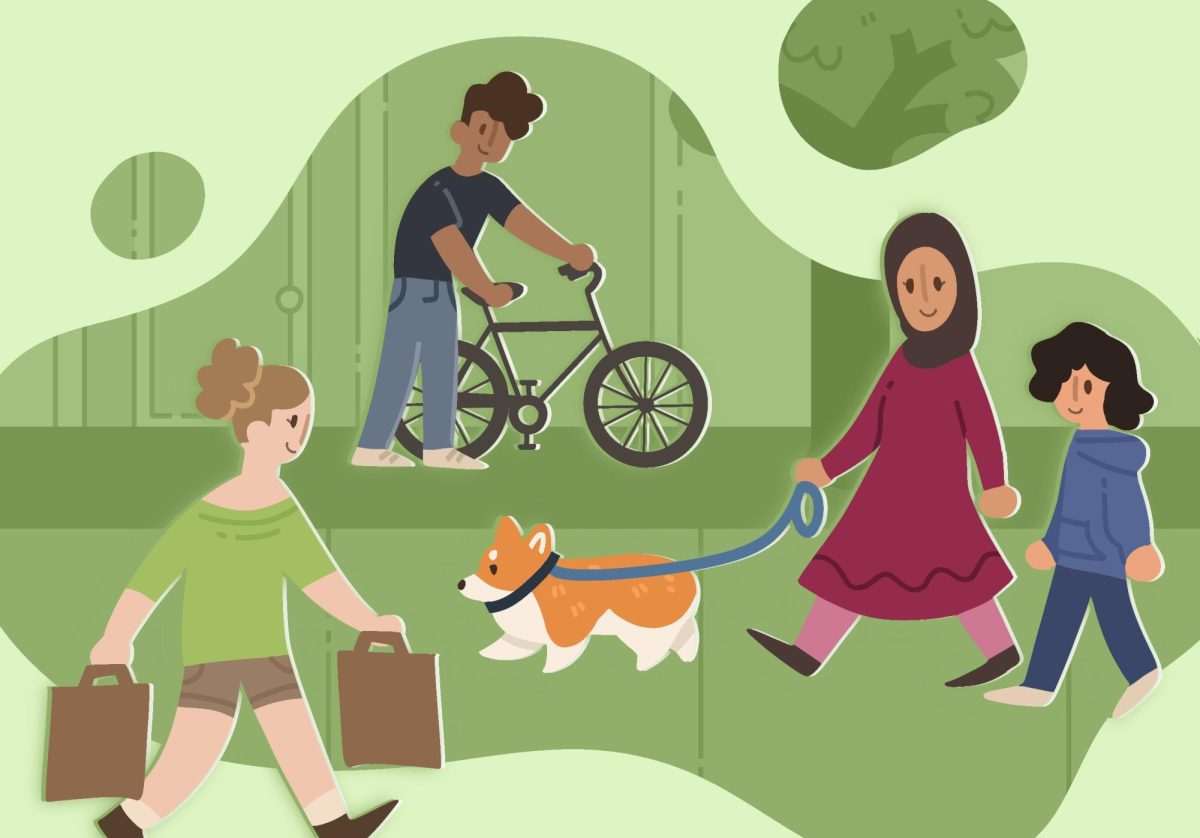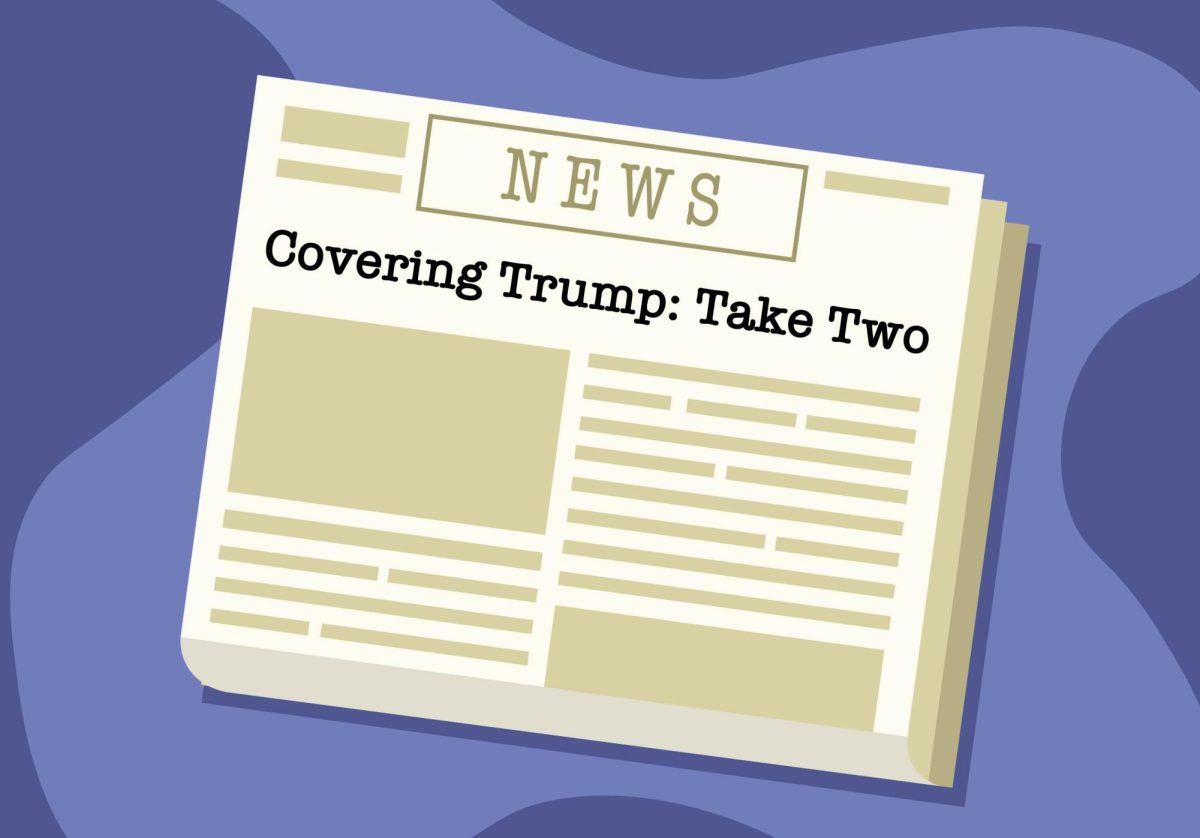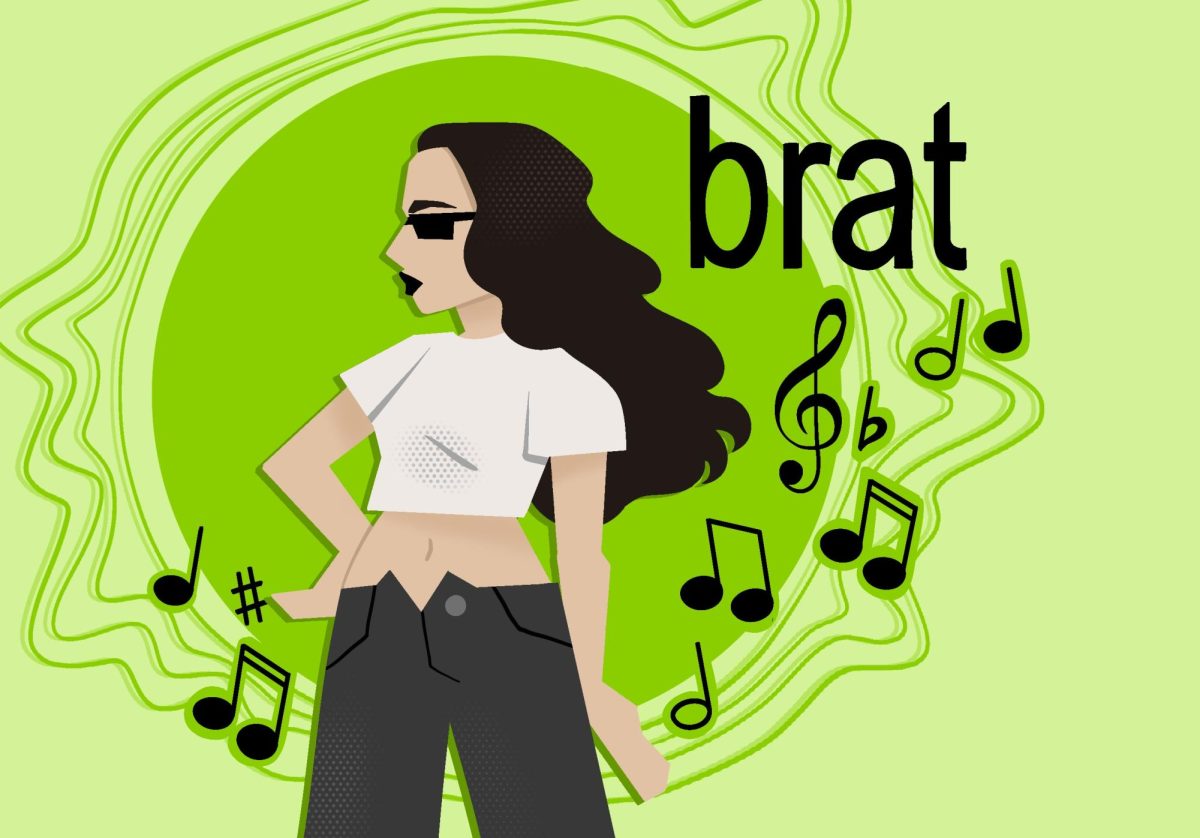“She-Ra and the Princesses of Power” is one of the best cartoons of 2018. A reboot of the original 1985 series, the new “She-Ra” (headed up by “Nimona” creator Noelle Stevenson) updates the show’s familiar themes of heroism, friendship and empowerment to the present day. There’s magic, charming characters, innovative technology and a really cool sword, which frankly is all I need to bite on a series.
However, much of what makes She-Ra great — notably, that it features characters of different ethnicities, body types, gender presentation and sexualities — is what garnered it’s first bout of criticism. While many praised the body diversity in the series, in addition to changes in She-Ra’s design (her shirt is no longer strapless and she sports biker shorts and boots rather than a short skirt and heels), the new designs also drew criticism from predominantly male critics online. When the initial character designs were released in July 2018, there was a vocal minority that called She-Ra boyish and unattractive. It’s worth noting that Adora, the girl who transforms into She-Ra with the help of a magic sword, is a teenager.
Other designs, particularly those of supporting characters Spinnerella and Scorpia, were subject to similar criticism. Both characters are substantially more full-figured than the princesses of days past: Spinnerella is thick and curvy and Scorpia is tall, buff and sports both claws for hands and a killer undercut. Spinnerella’s design came into particular scrutiny when an article published on One Angry Gamer claimed, “Netflix’s She-Ra turns Spinnerella fat and gives her the power to break wind.” It was a joke intended to both ridicule the princess’ physique and riff off her wind manipulation powers.
All of these negative responses are testament to a sense of male entitlement over both entertainment and female presentation. Hiding behind defenses of, “it’s not faithful to the source material,” the critique is blindingly misogynistic: women are supposed to be shaped a certain way (thin), be of a certain race (white) and wear a certain type of clothing (anything considered typically “feminine”).
The “She-Ra” reboot directly refutes these kinds of standards. Its princesses are no longer cut from the same cookie-cutter mold and differ wildly from one another in terms of appearance. The series teaches young women they are valued no matter their body type, ethnicity or presentation. This subversion of patriarchal feminine ideals is precisely what makes it so threatening and incredible.
I rarely see characters with body types that align so closely with my own (I’ve been wearing a size 14 for years and have my fair share of body issues), and seeing plus-sized characters featured in a series that empowers women is nothing short of incredible. Aside from the show’s deliberate treatment of issues like emotional abuse, conflictual friendship and empire, the particular attention the staff paid to make the show more racially, physically and sexually diverse is one of its strongest points. Ultimately, it doesn’t matter whether the character designs are sexualized enough for older men. The messages in “She-Ra” are making it to young, female viewers all the same.







